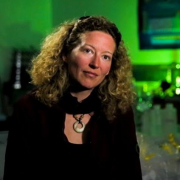
Copyright : Laboratoire LEMAR- 2018
F Le Moigne, B. Moriceau
International
Start Date
03/04/2025
End Date
03/04/2025
Uta Passow,
Caroline Cisternas-Novoa (Memorial University of Newfoundland, St John’s Canada),
Joël Sommeria (Laboratoire des Écoulements Géophysiques et Industriels, Grenoble).

 MicroCO2sme
Scroll to top
MicroCO2sme
Scroll to top